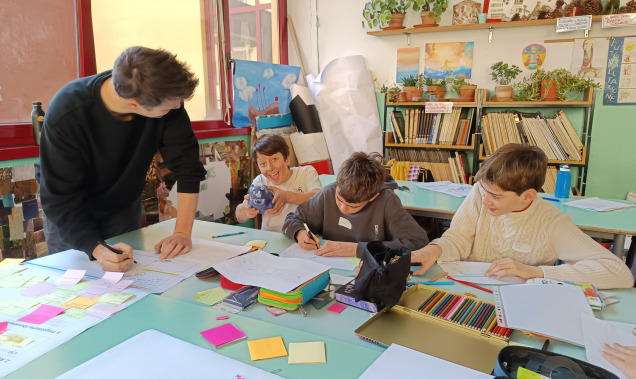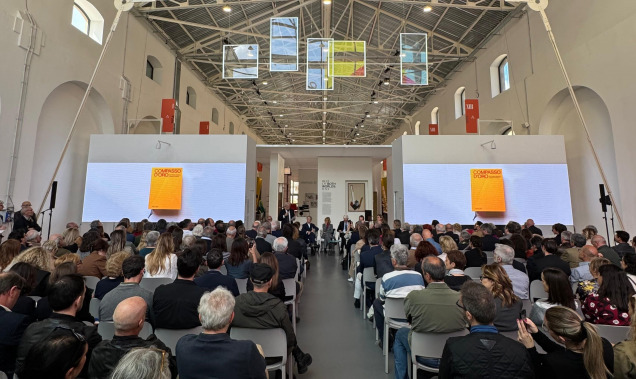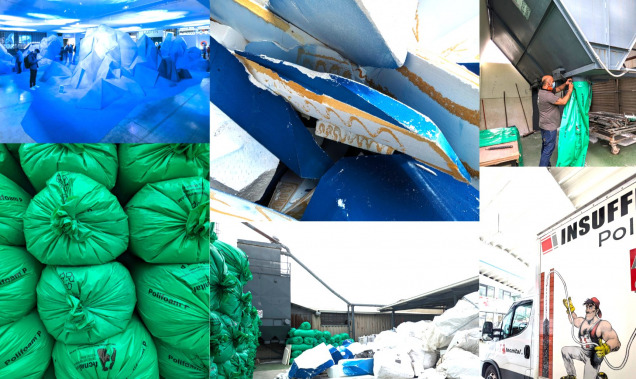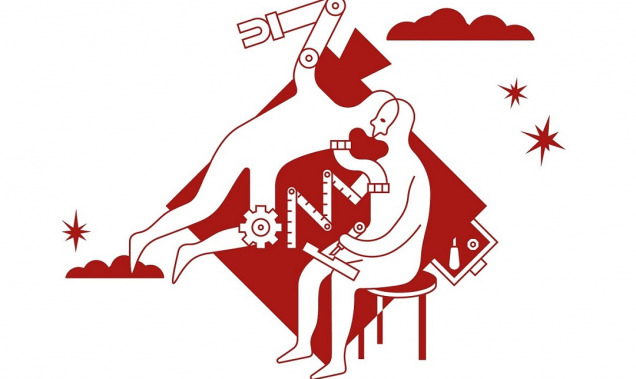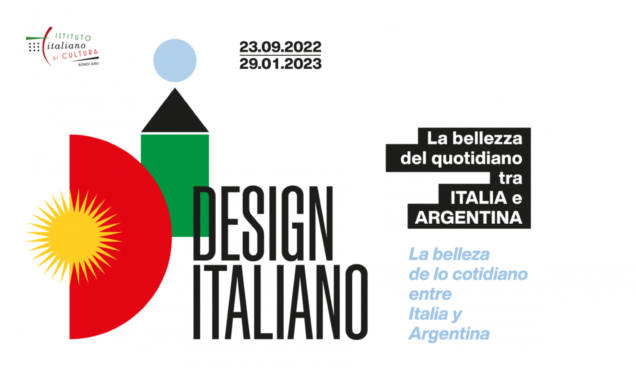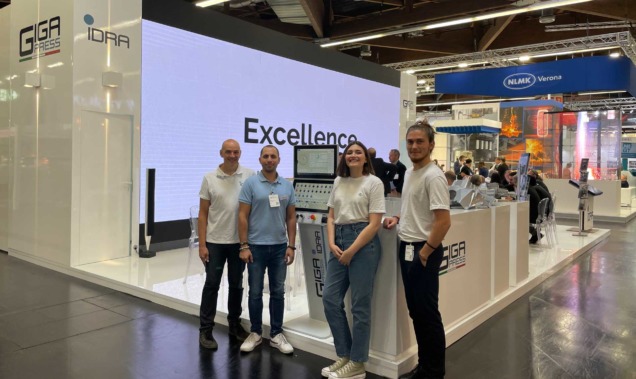The Fly2050 Project
From the food industry’s by-products to high quality protein for farmed fish and poultry. A sustainable solution for feeding farmed animals presented at Seeds & Chips 2016.
A cycle that has proven efficient over the centuries
Flies feed on waste, fish and chickens eat flies, and humans eat fish and poultry. Sounds natural and efficient, right? This cycle, appropriately scaled and controlled on an industrial level will allow a more rational use of land and ocean resources that will substantially reduce the environmental impact of animal farming.
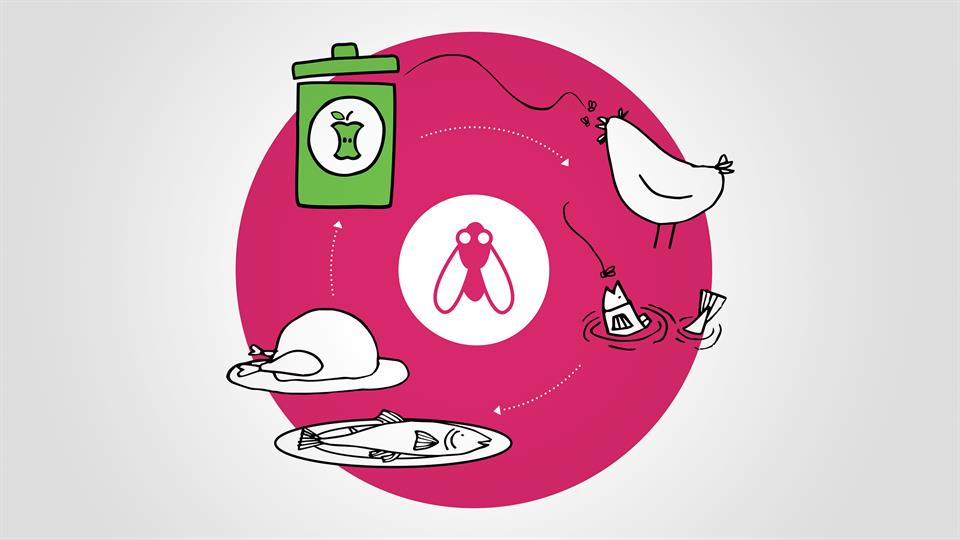
The problem
The demand for high quality protein (that is rich in essential amino acids) for feeding animals is expected to increase dramatically in the near future alongside the demand in protein for humans. Conventional feed solutions heavily impacts precious land and ocean resources that could be – and should be – better earmarked for human nutrition. The production of fishmeal, the best protein meal available, has reached its maximum extent for several years. Insects will contribute to fill the gap between the demand and the offer.
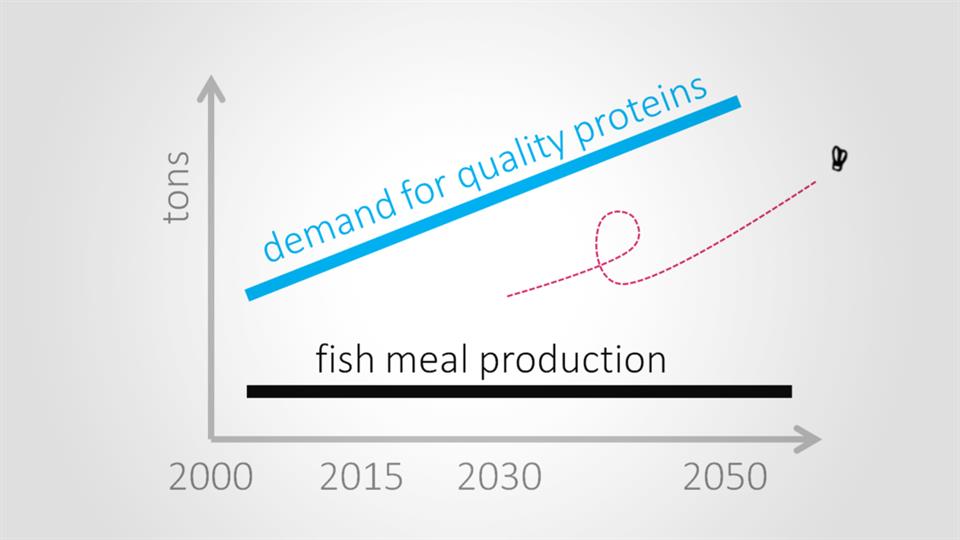
The idea
We aim to develop an industrial system based on the lifecycle of houseflies that converts the by-products and organic waste of the Food Industry into protein meal for farmed animals. The protein meal is obtained by drying and milling fly larvae that are grown and fed on a nutritious substrate made from food by-products such as: potato peels, defective fruit, discarded chickpeas, and other food production scraps. The by-products are collected on a regular basis from industrial plants for processing and packaging agricultural produce. The by-product of the larvae process is the digested substrate, which works as an excellent fertilizer.
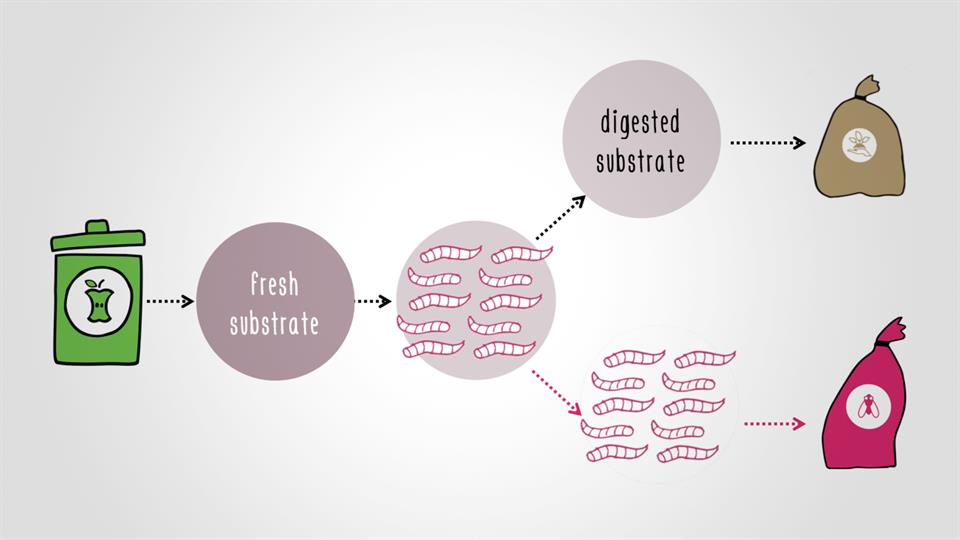
The benefits
The nutritional properties of larvae meal is similar to fishmeal, which is the best and most expensive protein meal available. However, flymeal will be sold at a considerably lower price and unlike fishmeal, which is largely obtained by processing caught fish including Peruvian anchovies, flymeal will only rely on resources that are not particularly palatable to humans including maggots and food production scraps. Finally, the larvae meal production may become a sustainable and viable way for Europe to reduce its dependency on imports of protein.
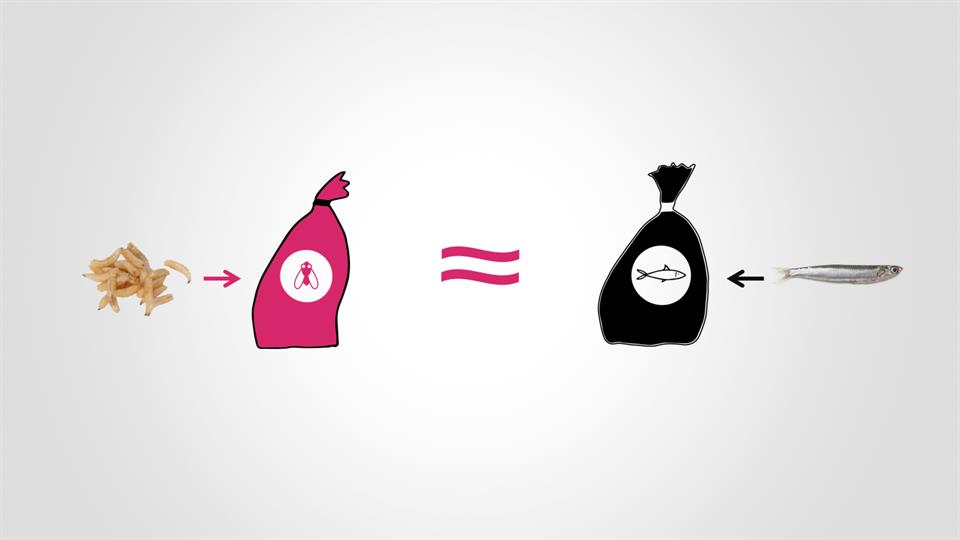
The biofactory
The process happens inside a network of compact, automated, and efficient biofactories. Each factory is installed, close (<20km) to where the organic by-products are available in order to reduce transportation costs and environmental impact. The meal will be sold to producers of compound feeds who will include it in their formulations (inclusion ranges from 10%-30%) as a high quality protein complement. Based on our available data, we estimate that the potential demand for insect meal today is 2.6 million tons.
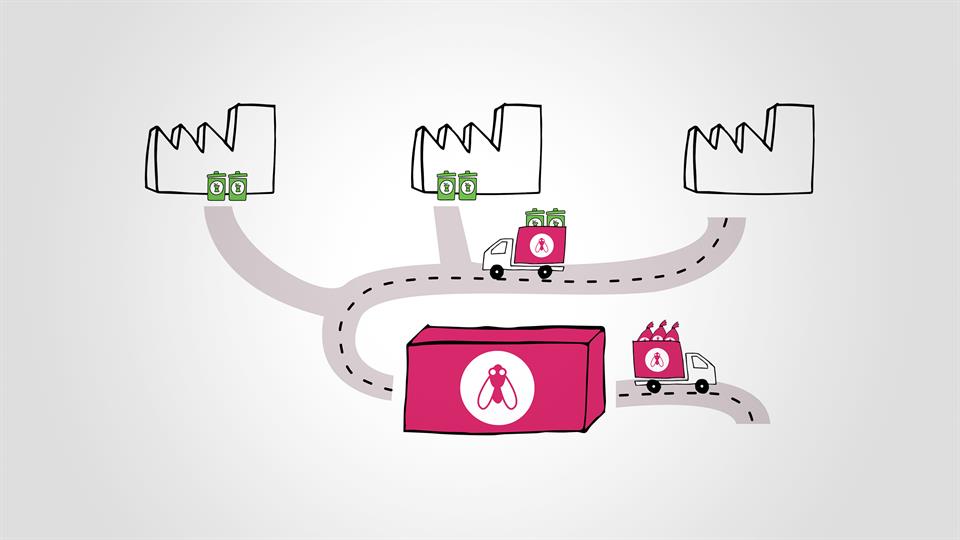
The business plan
In collaboration with mechanical engineers and entomologists, Design Group Italia has developed a business plan as accurate as possible (given the general lack of marketing data in this field). Based on our estimates the possibilities for FLY2050 after 3 years includes:
Annual production: 2,100 tons/year
Target price: € 1,100 per ton
EBITDA margin: 42-44%
FLY2050: a food design case study
The project FLY2050 was presented by DGI’s food specialist Federico Casotto at the 1st European conference on understanding food design. The presentation aimed to stimulate discussions about the role of design along the entire food value chain. For more details, please find the article based on that speech here.
The Fly Show
In the context of the initiatives of the USA Pavilion at Expo 2015, Design Group Italia organized the Fly Show event promoting the project – at the time known as Microvita 2050. The successful event was designed to stimulate reflection on the possible role of insects in the food value chain, both as feed and food. Find below a video of the event.
